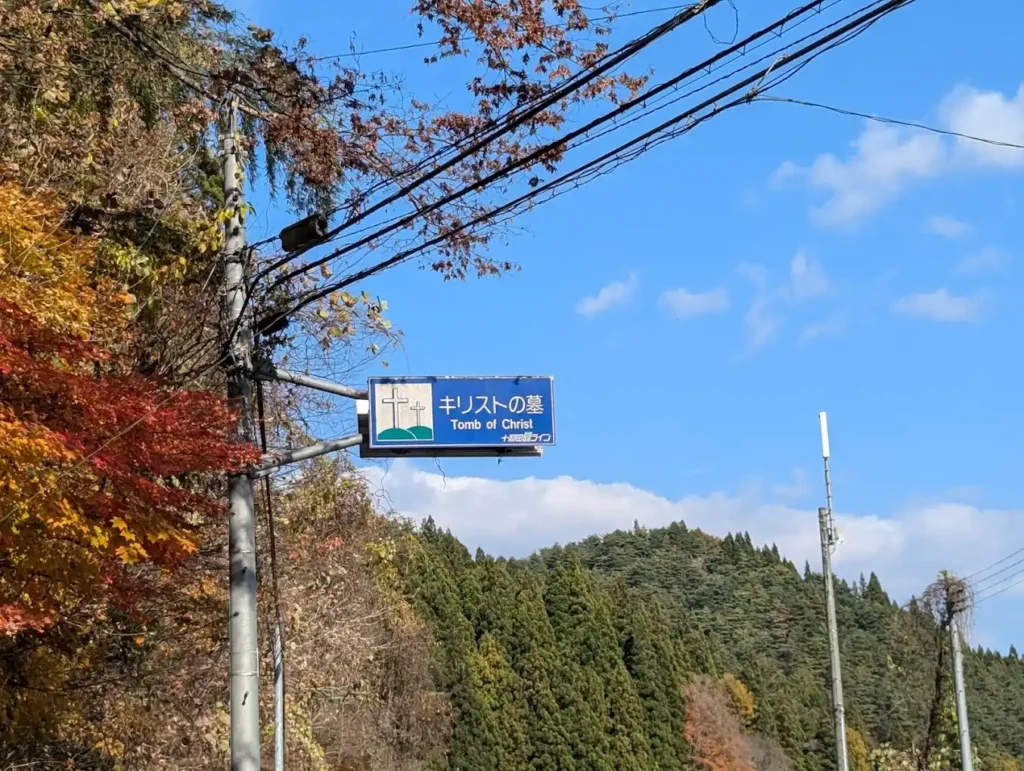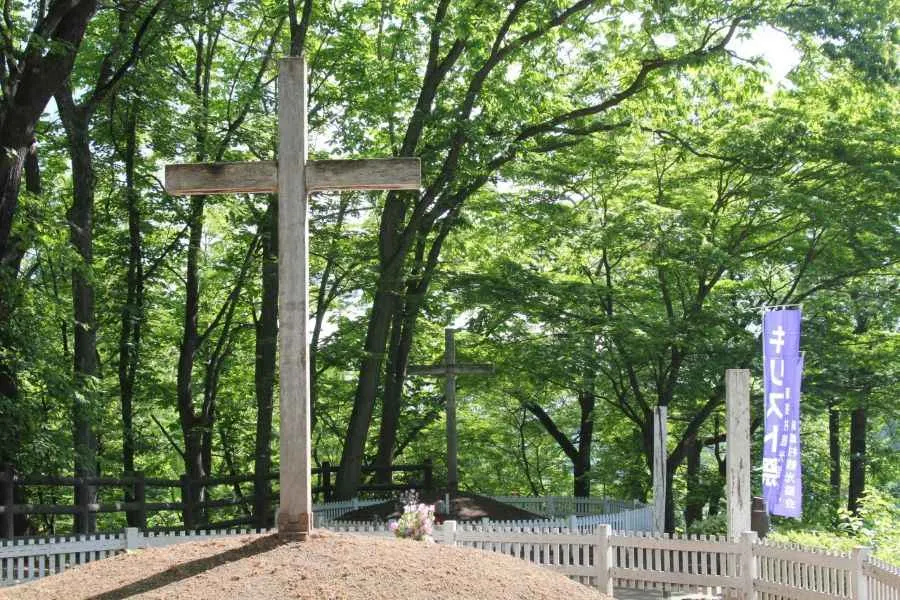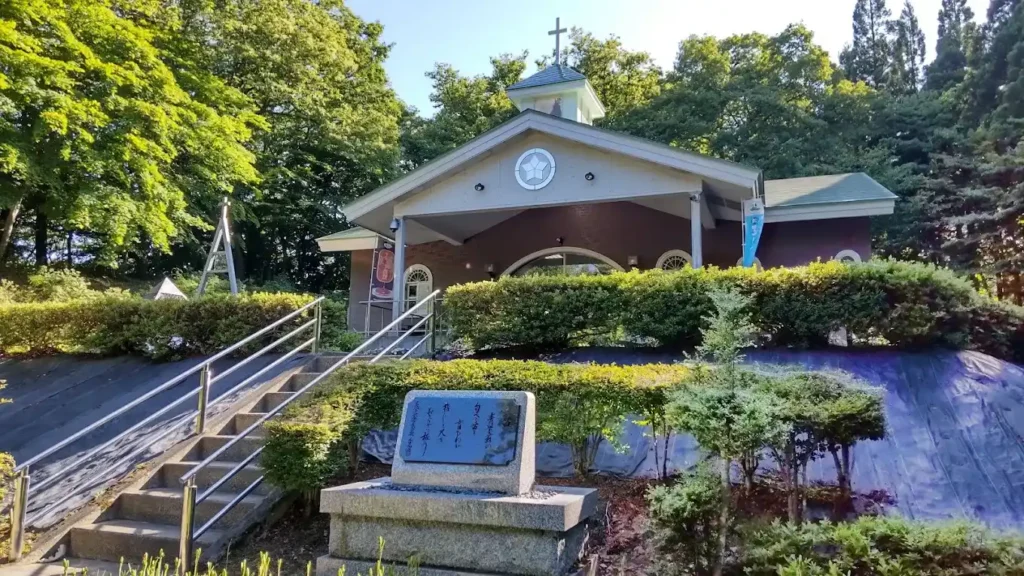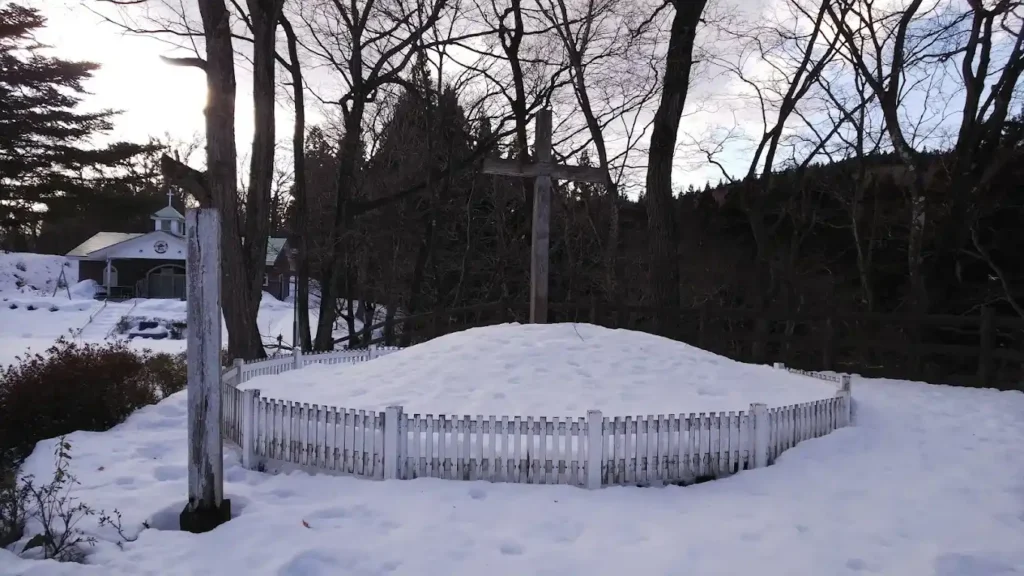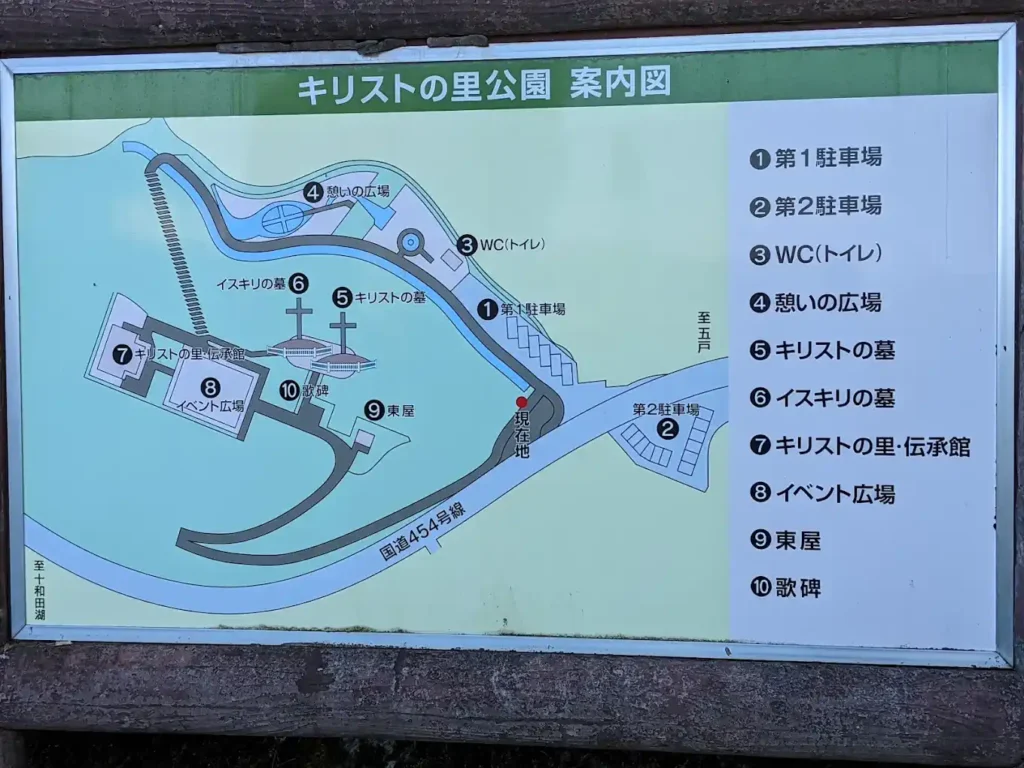Deep in the mountains of Aomori, in northern Japan, lies one of the most unusual stories linked to the figure of Jesus Christ. In the remote village of Shingō—about three hours by bullet train from Tokyo—locals firmly believe that Jesus did not die crucified in Judea, but rather escaped and lived until the age of 106… in Japan.
At first glance, the claim seems absurd—even offensive to some. Yet this tiny village not only proudly stands by this version of events, but has even built a burial mound where, according to local tradition, the remains of Jesus himself lie. The site, marked by a simple sign that reads “Tomb of Christ,” was officially acknowledged in 2004 by representatives of Israel, adding an unexpected layer of symbolic legitimacy.
An Alternative Account of Jesus’ Life
According to the story passed down in Shingō, Jesus arrived in Japan at the age of 21 in search of spiritual knowledge. He lived and studied there for 12 years before returning to Judea at 33 to carry out his mission. However, when the people rejected his message, his younger brother—Isukiri, an unknown figure in Christian scripture—took his place on the cross. Jesus escaped, journeyed back to Japan, and lived out the rest of his life in peace.
This alternate version, reportedly based on a “testament” discovered in the 1930s, describes the most dramatic events of Jesus’ life with surprising nonchalance. It even states that his 8,000-mile journey back to Japan involved “ups and downs,” as though it were a minor inconvenience.
Culture, Mystery, and Unanswered Questions
Every summer, the village holds a festival that includes a traditional dance set to a song that, according to some, contains traces of Hebrew—though this claim has never been linguistically proven. These curious details are often cited to support the village’s belief, though they fall far short of historical or archaeological evidence.
Next to Jesus’ mound lies the tomb of Isukiri, his supposed sacrificial brother. Ironically, while Jesus’ cross bears a message of gratitude that reads Arigatou Gozaimasu (“thank you very much”), Isukiri’s grave has no such recognition—despite his supposed ultimate sacrifice. Visitors often point out this oversight as one of the many strange contradictions in the story.
Missionaries or Messiah?
A far more plausible theory is that the graves belong to Christian missionaries from the 16th century. During that era, Japan saw a wave of Catholic evangelists, especially Portuguese and Spanish. But in 1614, Christianity was outlawed by the ruling shogunate, and those who refused to renounce their faith were tortured, executed, or burned at the stake. Christianity survived underground for over two centuries until the Meiji Restoration reinstated freedom of religion.
Given Shingō’s isolation, it’s possible that fragments of Christian influence survived through oral tradition, eventually evolving into this extraordinary legend.
A Romantic, Though Unlikely, Story
The idea that Jesus died in Japan is, from a historical standpoint, extremely unlikely. Yet there is something poetic about this version of the tale: the image of an elderly Christ living peacefully among snow-covered mountains, far from conflict and crucifixion.
Beyond its factual accuracy, the legend of Shingō offers an alternate vision of Jesus—not as a martyr, but as a man who chose life over death. Some may see it as cowardice; others, as a deeply human choice.
We may never know how or why this story began, or what inspired the people of Shingō to preserve it for generations. But the fact remains: in this remote village, there is a tomb, a cross, and a community that continues to honor who they believe was their most divine resident.
And while many questions remain unanswered, one thing becomes clear after visiting Shingō: when fact and legend intertwine, even the most improbable stories can find a home in the hearts of those who choose to believe.
How to get to Christ’s Grave in Shingō:
Christ’s Grave is located in the rural village of Shingō, along Route 454. It’s about a 45-minute drive from either Hachinohe or the eastern side of Lake Towada. However, the road from Lake Towada is closed in winter (late November to late April) due to snow.
While it’s possible to reach the site by bus from Hachinohe via Gonohe, service is limited and infrequent. By bus: Take a Nanbu bus from Hachinohe Station to its final stop in Gonohe, then transfer to a Hainai-bound bus and get off at “Kirisuto Koen Mae.”
For convenience, renting a car is highly recommended.

